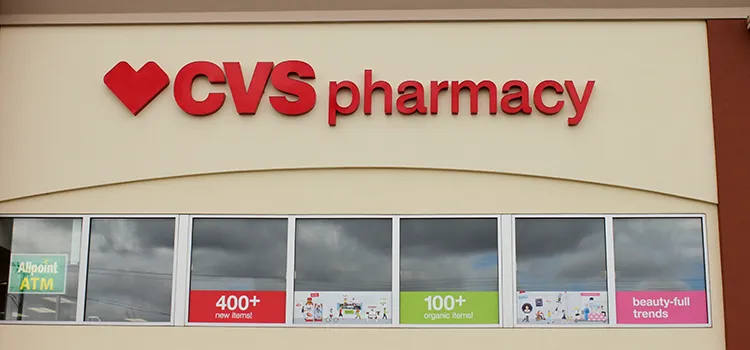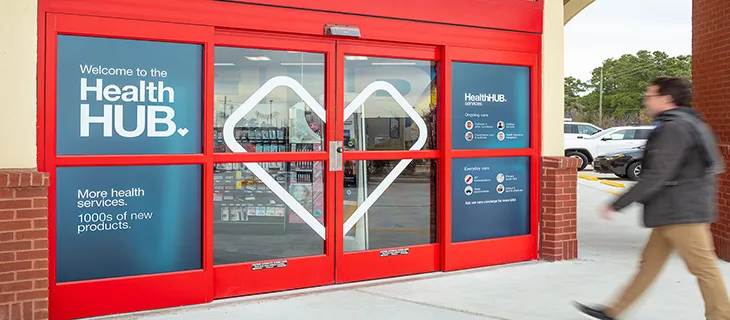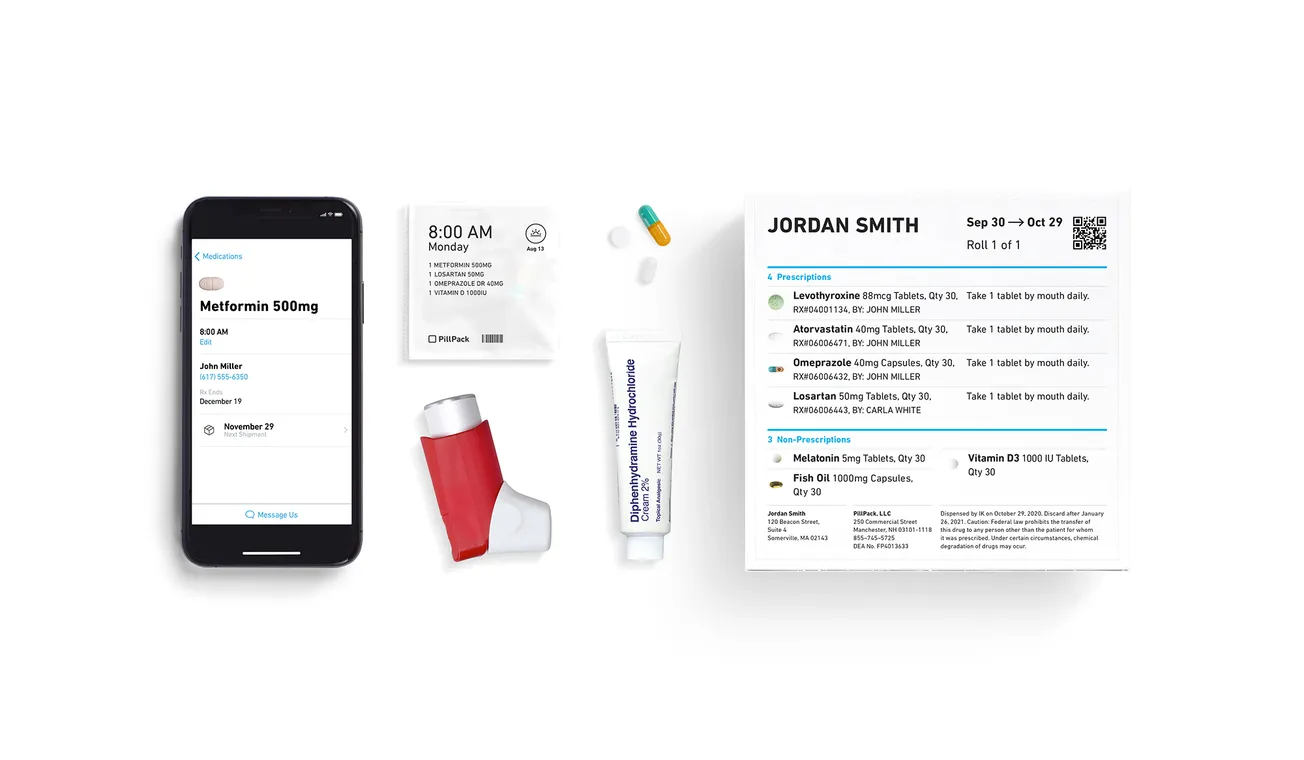A CVS worker removes tobacco products from shelves.
WOONSOCKET, R.I. — Five years after it made the bold move to pull tobacco products from CVS Pharmacy locations, CVS Health said earlier this month it is expanding its focus on helping people quit smoking.
Be The First, the five-year, $50 million dollar initiative by the company and the CVS Health Foundation to help create the first tobacco-free generation, is tackling the growing challenge of youth vaping with additional investments and new partners, such as Discovery Education and the National Medical Association. The company is also bringing its smoking cessation expertise to areas across its businesses, with an expanded focus in 2020 on increasing effective smoking cessation approaches in Medicaid plans, including in Aetna Better Health managed Medicaid plans and together with CVS Caremark clients interested in creating or expanding smoking cession efforts for their Medicaid members.
“Five years ago, we knew exiting tobacco was the right thing to do for our company and for the health of our customers and the communities we serve,” said Larry Merlo, president and chief executive officer of CVS Health. “But our decision to eliminate tobacco was just the start. As a health care company now combined with Aetna, we continue to take bold steps to develop and deliver innovative solutions for the communities we serve, one individual and one community at a time.”
“Within a year of CVS Health’s decision to stop selling tobacco, consumers had purchased 100 million fewer packs of cigarettes,” said CVS Health chief medical officer Dr. Troy Brennan. “Households that had purchased cigarettes exclusively at CVS Pharmacy were 38% more likely to stop buying cigarettes.”
“Our move to stop selling tobacco has meaningfully and measurably decreased cigarette smoking, illustrating the important public health impact of this decision,” Brennan said.
A 2017 study in the American Journal of Public Health, named as one of the journal’s top papers of the year, confirmed that cigarette purchases in states with a significant CVS Pharmacy market share declined, and CVS Pharmacy customers were more likely to stop buying tobacco products from any retailer following the company’s action.
Following its exit from tobacco, CVS Health and the CVS Health Foundation launched Be The First. After years of decline in the youth smoking rate, today young adults who use e-cigarettes are four times more likely to begin smoking traditional cigarettes. That’s why the company is expanding its commitment to aggressively tackle this growing epidemic with new partnerships and funding.
The Aetna Foundation has also pledged an additional $2 million to provide educational materials and tools to prevent smoking and vaping to thousands of clinicians who are part of such organizations as the American Academy of Pediatrics, the National Medical Association, the National Hispanic Medical Association and the National Association of School Nurses. This funding builds on a $10 million commitment Be The First made earlier this year to combat vaping. Through that effort, the CVS Health Foundation, with partners like Discovery Education and the CATCH Global Foundation, is creating an educational curriculum on the dangers of vaping that will be made available to every school district in the U.S., with additional resources being made available to parents at no cost. These anti-vaping initiatives strengthen the accomplishments of the Be The First program to date, including reaching nearly 13 million young people, helping more than 200 colleges and universities in their efforts to go tobacco free, and funding the first-ever vaping cessation program in partnership with the Truth Initiative.
As the company looks to 2020, it plans to expand its tobacco-cessation efforts in the Medicaid program, where smoking rates are considerably higher than among all adults. According to the Centers for Disease Control and Prevention, 25.3% of Medicaid enrollees smoke, compared to 11.8 % of people enrolled in private insurance. Additionally, a recent study by University of California – San Francisco estimated that reducing smoking and its associated health effects by just 1% among Medicaid recipients in each state would save the program $2.6 billion within one year.
“Unfortunately, the trend of tobacco use is increasing among Medicaid recipients, and while many people want to quit, we understand how hard that can be. That’s why we believe offering new resources to support efforts to quit will be valuable to many managed Medicaid plans,” Brennan commented.
The company will look to innovative approaches from plans across the country to learn about the most effective strategies to support quitting. One example is a joint effort between CVS Health and the American Lung Association (ALA) in Ohio aimed at helping more than a quarter million managed Medicaid plan members quit smoking over the next two years. Through a $500,000 grant from CVS Health, plan members receive a one-year membership to the ALA’s successful Freedom from Smoking program, which includes online cessation modules and access to the Lung Help Line. In another example, Aetna Better Health of West Virginia provides members who call the West Virginia Tobacco Quit Line with a tobacco cessation coach. And Aetna Better Health of Kentucky uses text messages to inform members about quitting resources, like the availability of nicotine replacement patches, gum and medication with a prescription.
Merlo said the company is “developing innovative approaches to deliver community-based health care. Ending tobacco sales was the beginning of our journey to build a transformative health care company that will engage consumers when and where they need care, help people achieve better health at a lower cost and simplify a complicated health care system.”









